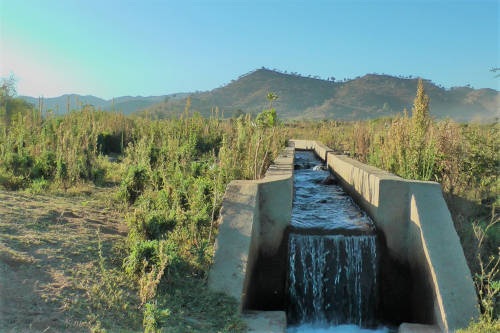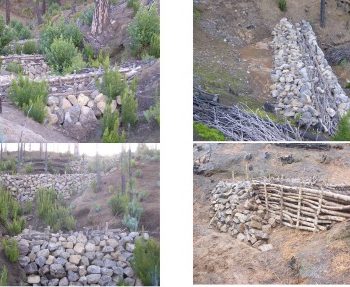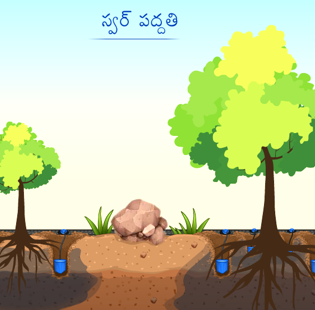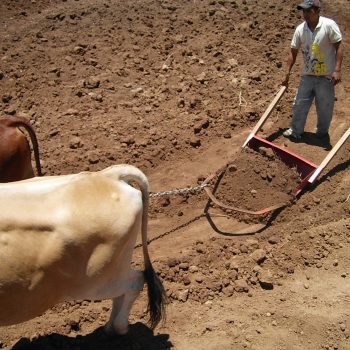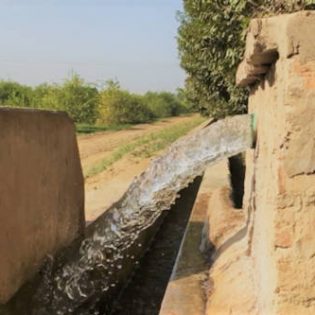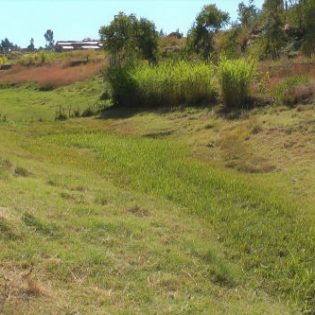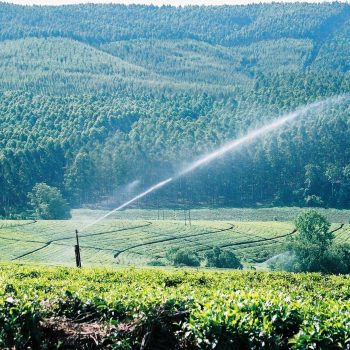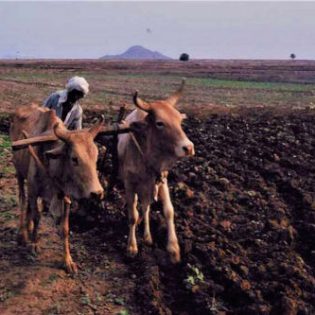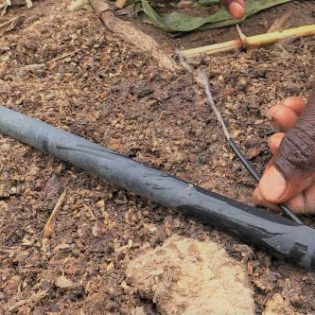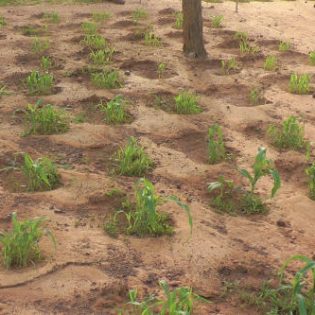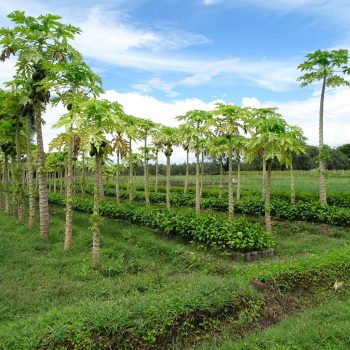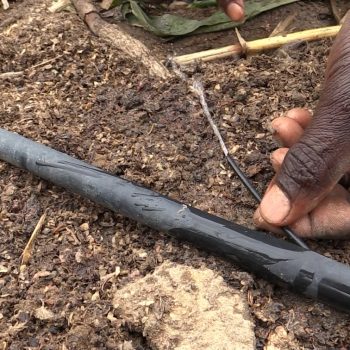| When considering lining the objective and the interdependency with the management, operation and maintenance of the scheme is considered. Lining can be done in canals and watercourses.
The objective of lining canals or water courses can be (a combination) the following: – to conserve both quantity and quality of water, water losses in unlined canals can be very high due to seepage and water consumed by weeds; as well as that any water lost as seepage will to a varying degree reduce in quality (particularly in populated areas or saline environments); – avoiding of seepage to adjacent land or roads, severe seepage of canals can cause very wet or waterlogged conditions, making adjacent land unsuitable for productive agriculture; – increasing the reliability of water deliveries; as flow velocity increases in lined canals, the timeliness and reach of irrigation water can be improved as well as reducing the siltation in canals. – reducing the maintenance as concrete, brick, or plastic, on the canal prevents the growth of plants and discourages hole-making by rats or termites, and so the maintenance of a lined canal can be easier and quicker than that of an unlined canal. The most common used types of lining include concrete, concrete blocks, bricks or stone masonry, sand cement, plastic, and compacted clay. The following needs to be considered: – Lining is not a substitute for robust scheme management (effective canal operational and maintenance) particularly if increasing irrigation reliability is the objective or equally when considering reducing delivery amounts (accommodating water productivity improvement in the field). – Maintenance of lined canals may become less cumbersome as appose to unlined canals, however research has shown that desilting of canals (annual practice in Pakistan by farmers), even for unlined canals, results in higher distribution reliability and reach than (only) lining (Murray-Rust & Vander Velde, 1994). – Except in cases where underlying groundwater is saline or very high seepage rates, the lining of canals would in most cases need to be considered as a subsidy. As lining comes at incredible costs, in most irrigation schemes this means that the positive rate of return (ie. the investment costs versus the increase in cropping intensity and hence increase in farmer irrigation duties) is difficult to achieve if not impossible. – Farmers may have become dependent on seepage losses from canals (by means of directly capturing seepage or pumping from shallow aquifers), this gives to question the objective of conserving water and for whom.
|
Additional information
| Agriculture | Irrigated |
|---|
